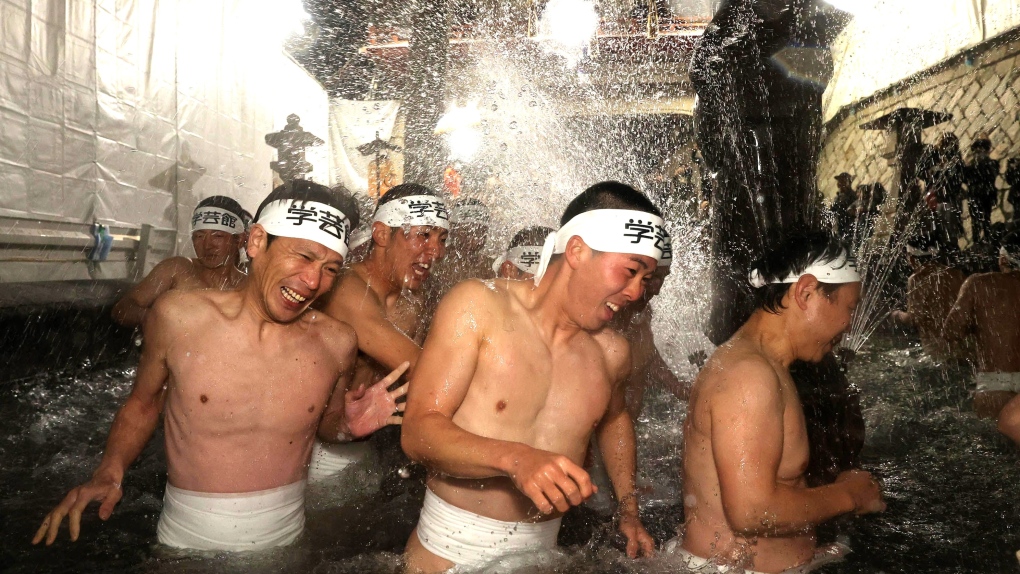TOKYO -
In near-freezing winter temperatures and wearing nothing but white loincloths, throngs of men wrestle one another in a bid to claim a talisman during Japan's Somin-sai festival – more famously known as the “naked man festival.”
But the event, said to have run for over 1,000 years at the secluded Kokusekiji Temple, was held for the last time on Saturday, becoming the latest Japanese tradition to fall victim to the country's aging population crisis.
In an online post, organizers of the festival conceded they had been unable to find enough willing young participants to alleviate the pressures placed on aging locals who are unable to keep up with the demands of the ritual.
“This decision is due to the aging of individuals involved in the festival and a shortage of successors,” Daigo Fujinami, Chief Priest of the Kokusekiji Temple, wrote on the shrine's website.
Japan's population has been in steady decline since its economic boom of the 1980s, with a fertility rate of 1.3 – far below the rate of 2.1 required to maintain a stable population.
Deaths have also outpaced births in Japan for more than a decade, posing a growing problem for leaders of the world's fourth-largest economy. They now face a ballooning elderly population and shrinking workforce, in a challenge to fund pensions and health care as demand from the aging population surges.
The Somin-sai festival was one of three major “naked man” or Hadaka Matsuri festivals held in the country. It took place annually on the seventh day of the Lunar New Year at the Kokusekiji Temple in the northeastern prefecture of Iwate.
As popular among tourists wanting to catch a glimpse of the ritual as it was among locals wishing for a prosperous year ahead, it attracted an estimated 3,000 visitors, national broadcaster NHK reported.
Ritual details of each of the three major Hadaka Matsuri vary across the country, but they share similar spirits: it's a celebration of a bountiful harvest, prosperity, good health and fertility.
The event became known as the naked festival because male participants only wear a Japanese loincloth called a “fundoshi” and a pair of white socks called “tabi.”
This year's Somin-sai saw hundreds of participants carrying kakuto, square-shaped lanterns inscribed with blessings and chanting “Jasso joyasa!” (evil, go away), as they streamed into the cold waters of the Yamauchigawa river to cleanse their bodies for preparation.
They then prayed at temples for health and good harvest before the evening culminated in a scramble for a bag of wooden talismans blessed by the chief priest.
The winner of the scramble was Kikuchi Toshiaki, 49, a local resident and member of the festival's preservation association.
“It is sad that the festival is ending. I participated in hopes that it would be a memorable festival,” he told NHK.
Two other Hadaka Matsuri festivals, at the Saidaiji Kannonin Temple in Okayama prefecture and Kuronuma Shrine in Fukushima prefecture, will press ahead next year.






















